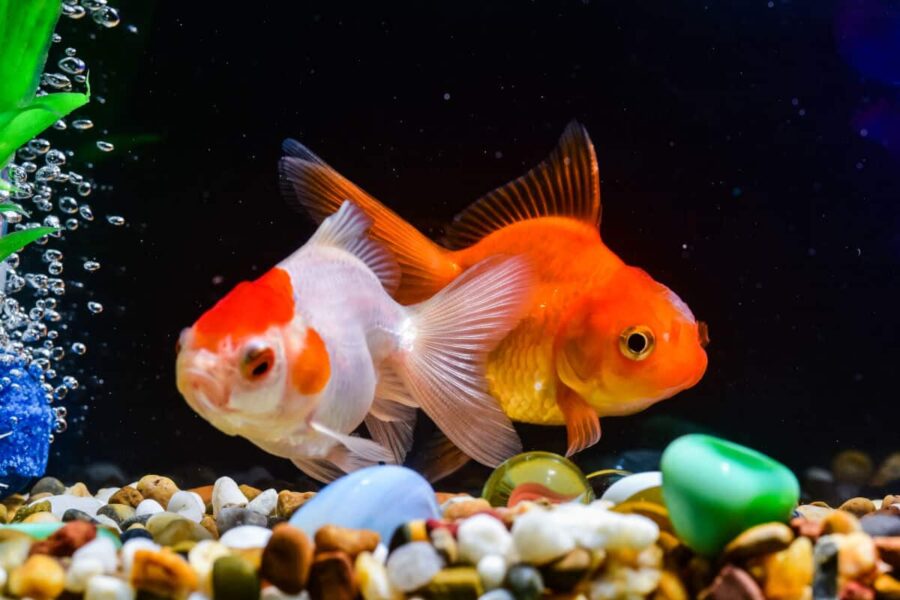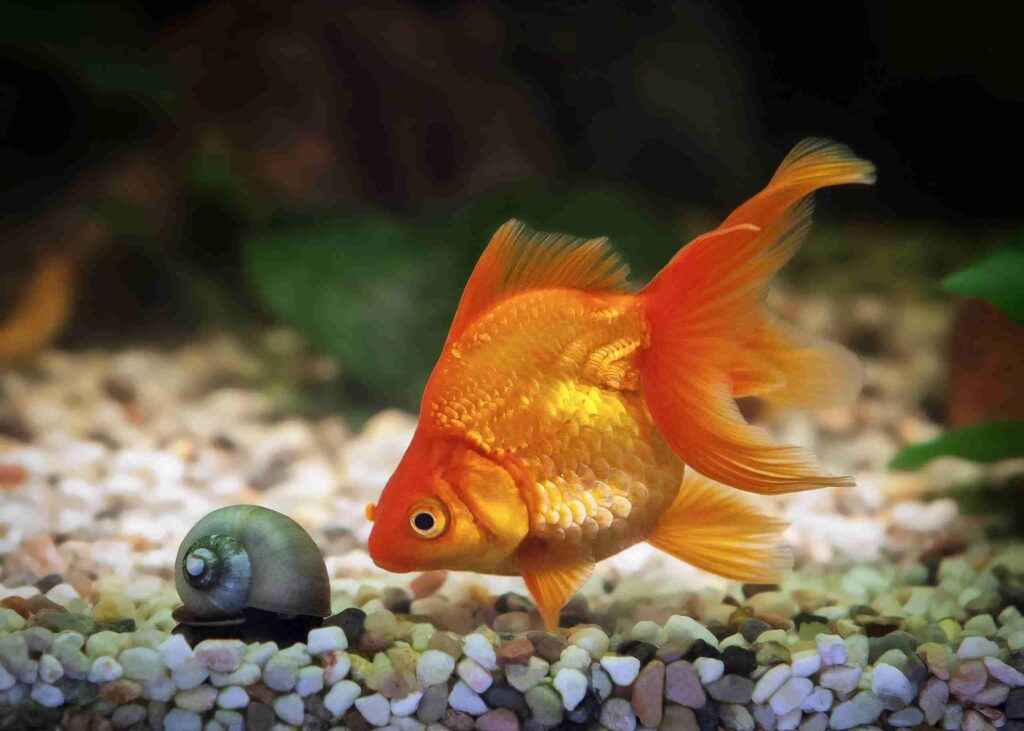
How can introduce new fish to your goldfish tank? Get ready to play matchmaker because it’s not just about dropping them in and hoping for the best! Dive in as we unveil the secrets to playing Cupid underwater, ensuring your goldfish finds its fin-tastic new roommate without any drama.
Swimming through the world of goldfish companionship, choosing the right BFF for your finned friend, and setting up the ultimate crib, we’ve got it all covered. So grab your snorkel and let’s make some splashy introductions! 🐟💦
Understanding Goldfish Companionship

Ah, goldfish. These charming aquatic creatures are more than just orange flashes in a bowl. A little known fact is that goldfish are social butterflies, though without the wings and the party invites, of course.
Why Goldfish Need Companions
Remember those lonely nights binge-watching Netflix alone? Yes, that’s your goldfish, when it has no tank buddies to frolic around with. Fish, like humans, thrive on interactions and companionship. It keeps them mentally stimulated and lowers stress levels. Hence, a companion can do wonders for your goldfish’s overall spirit and health.
Traits of a Good Goldfish Companion
Now, before you rush to the nearest pet store, remember that not just any fish can be the Monica to your goldfish’s Chandler. A good companion should be peaceful and definitely not a fin-nipper. It should also be able to match your goldfish’s pace, as goldfish aren’t exactly the marathon runners of the aquatic world. Size matters too! A companion that’s too small might become a snack, while a larger fish might turn your goldfish into its dinner.
With a better understanding of some friendly traits to look for, let’s dive into picking the right fish to share that goldfish tank.
Choosing the Right Fish
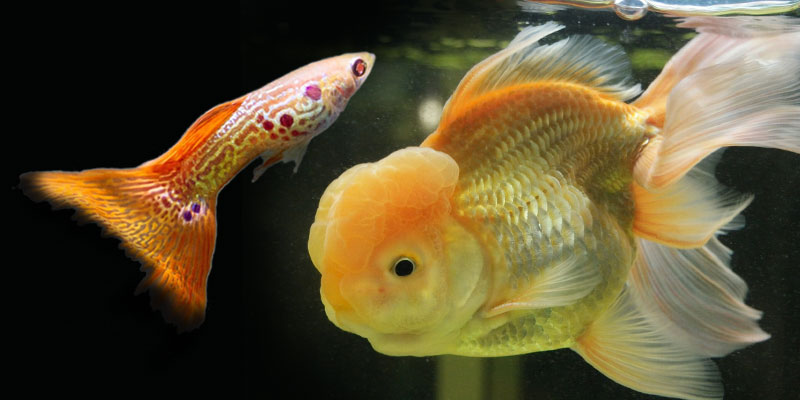
Before snagging a new finned friend for your goldfish, it’s vital to consider a few things. They aren’t just goldfish, they’re your water-based roommates with fins!
Factors to Consider When Choosing a Companion for Your Goldfish
Number one on your underwater crib movement is, remember, not all fish are swim-in-the-same-tank kind of guys. Size matters! Get a fish that’s comparable in size to your goldfish. If not, the smaller ones might end up as an unwelcome snack. Temperature compatibility is another factor. Goldfish are pretty chill fellas; make sure their new mate isn’t into hot yoga. Lastly, consider personalities—no one likes a grumpy roommate right? Some fish are wallflowers; others are party animals. It’s all about the balance.
Examples of Compatible Fish Species
Now that you know what to look for, let’s meet some potential roomies. Fancy goldfish? Check! They ooze sophistication and know how to turn a tank into a runway. Comet goldfish? They live life in the fast lane, but boy, can they fit right in! How about White Cloud Mountain minnows? They’re the quiet types, peaceful pals ideal for your tank’s ecosystem.
Remember, the keyword here is “compatible.” In the underwater world, it’s more about the harmony and less MTV’s Real World.
Channels inner SpongeBob voice Ready for the next step, kids? Let’s get that tank set up just right. Buckle up, we are going DIY on this one!
Creating a Welcoming Tank Environment
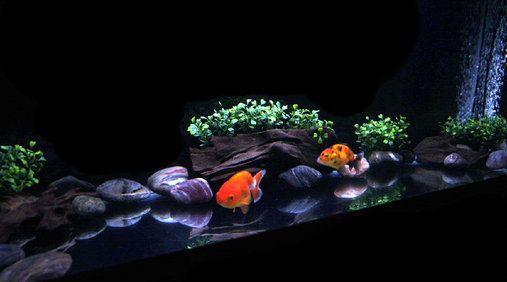
You’ve done your homework, haven’t you? Got your fishy facts straight, checked compatibility charts, and even ticked off potential playmates off the list. Now, it’s showtime! Before the curtain rises, we need to make sure your current goldfish tank is ready to host the gala.
Importance of a Proper Tank Setup
Creating a welcoming environment is more than just getting fancy plants and a pirate ship for the corner (although, I must admit, those are pretty cool). It’s about triggering that “Ah, home sweet home” sigh under water-fishy breaths. Why? Because a stress-free fish means a healthy fish, and a healthy fish means a happy you! It’s all about balancing the right temperature, maintaining good water quality, and ensuring sufficient space for your finned friends to swim freely.
Tips on Improving Your Goldfish Tank for New Fish
Here are some five-star renovation ideas for your tank:
- Temperature: Your water temperature should be comfy and snug — around 68 to 74 degrees Fahrenheit.
- Filtration: A high-quality filter can be your best friend keeping the water grunt-work to a minimum.
- Water change: Regular water changes help keep toxins at bay.
- Providing hideouts: Adding vegetation or fish tank decorations gives your new fish places to hide and feel secure.
- Room to move: Make sure your tank is big enough. Cramped fins are no joke!
Upgrade your goldfish’s home with these tips in mind and get it shining like a new penny. Transitioning from the stress-laden plastic baggies to spacious, homely quarters will give your new pet a much-needed sense of security.
Now that your tank is all spruced up and ready to host new members, it’s time for the real deal. Up next, we will be diving into how to introduce the new fish to your ‘old’ goldfish without causing any underwater drama – because trust us, nobody wants an episode of “Real HouseFish of Goldfishville”.
Introducing New Fish
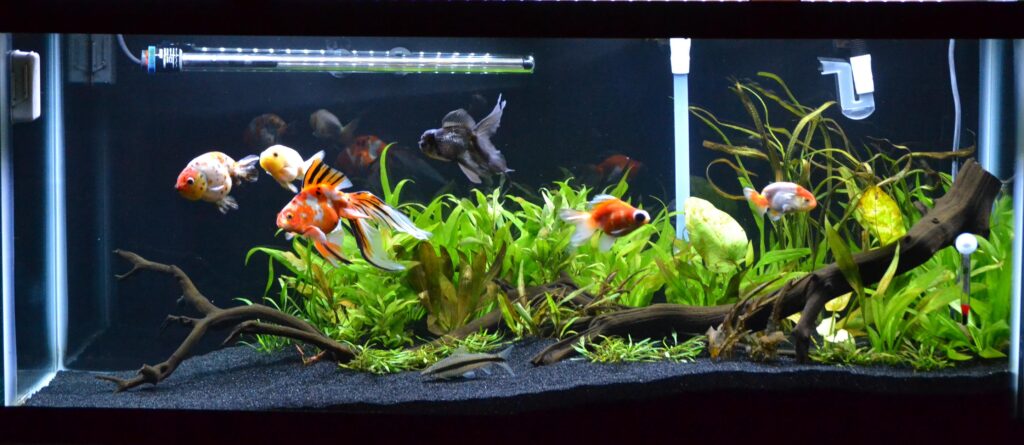
Now buckle up, folks! The moment has arrived. It’s time to light up the welcome sign and roll out the red carpet for our new fish friends.
Pre-acclimation Steps for New Fish
Ready your pen. Put on your reading glasses. There are a few tasks to tick off before welcoming the newcomers to your goldfish tank. First, set up a quarantine tank for the new heap of cuteness. This keeps any possible disease at bay and aids their gradual adjustment to water conditions. Second, allow some days, usually a week or two, for quarantine. During this time, keep a close eye on your new fish for signs of stress or disease. If you notice any issues, it may be beneficial to add Melafix to the quarantine tank, as this natural remedy can help treat a variety of common ailments in fish, including those associated with new tank syndrome.
Lastly, fish are not fans of sudden temperature swings, by the way, so acclimate your new pet to the tank’s temperature gradually. Hang the bag containing the new fish in the goldfish tank for about 15 minutes before releasing them.
Well, that was a splash! Hope you’re keeping up. Your patience here is a clear sign of your fish parenting potentials. Next up, we’ll take a look at the actual introduction steps.
Steps to Introduce a New Fish to a Goldfish Tank
Here we go, guys! This is it. Release the new fish into the tank, but wait, put down that net! Remember, we want to stress them out as little as possible. So, use your hand or a container, it’s safer and less stressful. Next, keep an eye on how they interact. It’s normal during day one for your goldfish to be like: “Who’s this now?”, but they’ll soon adjust.
You’ve come a long way. Your goldfish is about to embark on a journey filled with companionship, fun, and underwater frolics. Now, in our next section, we’ll observe how our hero, the goldfish, reacts to its new tank mates. So, be sure you’re not going to miss it as we dive in to explore further.
Observing Your Goldfish’s Reaction
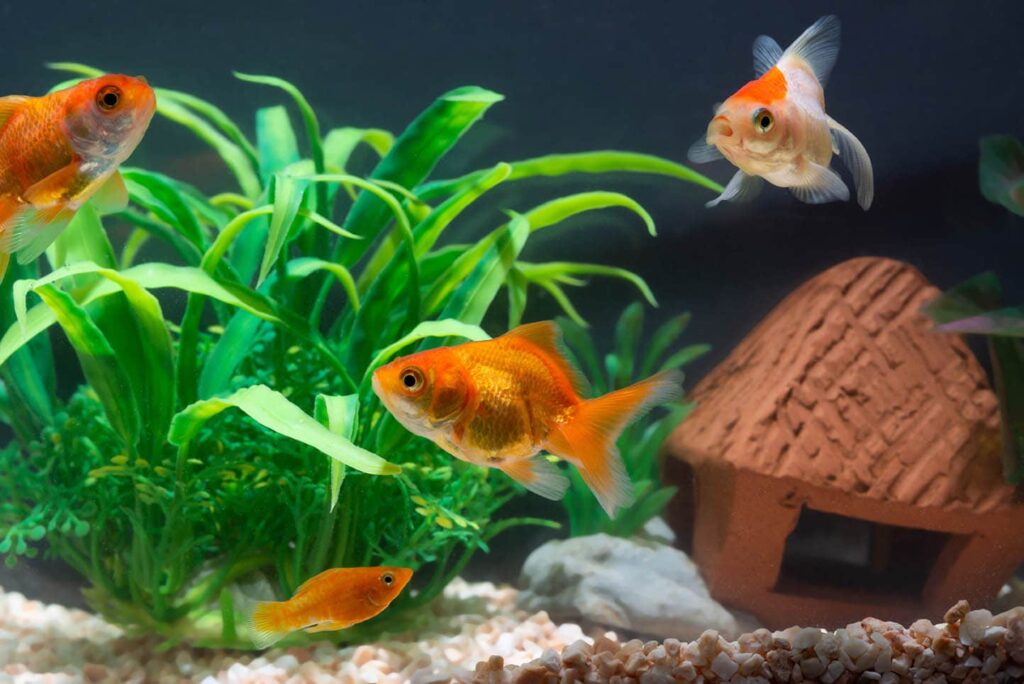
Now that you’ve done the fish introductions, it’s time to put on your detective hat. Yes, you heard it right. You need to monitor behaviors closely. It’s like watching a new season of ‘Real Housewives Of The Fish Tank’. Exciting, isn’t it?
Monitoring Behaviors of Goldfish When New Fish Introduced
You’ve got to be a keen observer. Watch out for how your goldfish reacts. Note any changes. Did you notice your goldfish chasing the newcomer? Or hiding in the tank corner more often? These could signal stress or territorial behavior. But don’t sweat it. A little patience and understanding is all it takes.
Actions to Take If Goldfish Shows Signs of Stress or Aggression
If your goldfish is acting like a grumpy house guest, don’t panic. First, give them time. Getting used to roommates can be hard. But, if stress or aggression continues, consider a separate tank. Yes, it doesn’t always work out. Think of it as a college freshman needing a room switch. It happens to the best of us.
Wrap Up
Comprehending goldfish companionship and choosing a suitable partner demands careful attention. Take note of their individual traits and your goldfish’s distinctive needs along with considering compatible fish species. A proper and welcoming tank environment plays an instrumental role, ensuring your finny friends feel at ease and ready to mingle. Sculpt the ideal haven and make the necessary adjustments needed to accommodate their companions.
Introduce the new arrivals gradually, taking pre-acclimation steps to avoid shocking their system. This introduction should be as swift as a swim in a tranquil pond, not a leap over a waterfall! Finally, remember to keep a keen eye on your goldfish’s attitude and response towards their new tank buddies. If the scales seem tipped with signs of stress or aggression, immediately take the recommended action. Much like us humans, harmonious relationships are the linchpin of a goldfish’s bracing environment.


